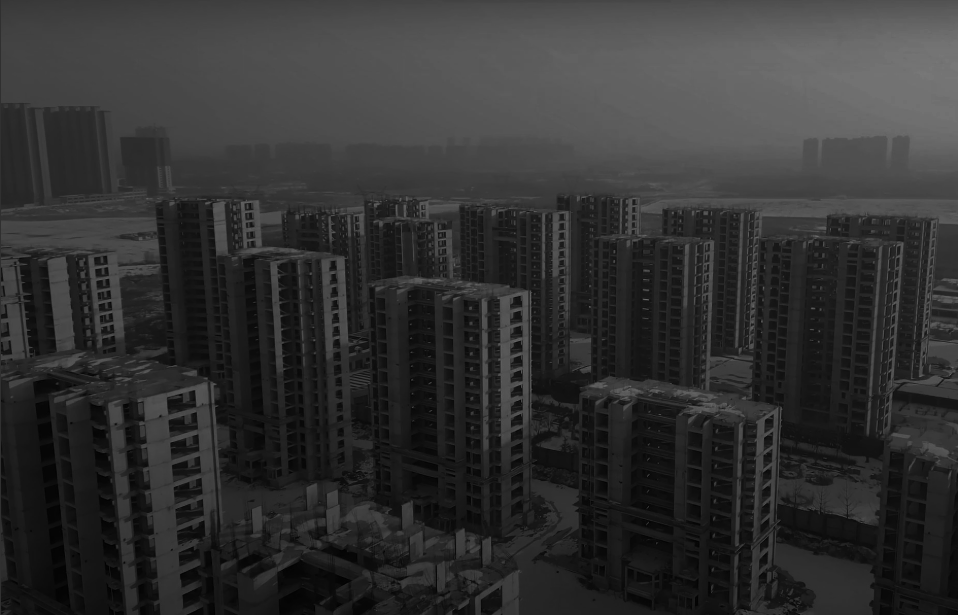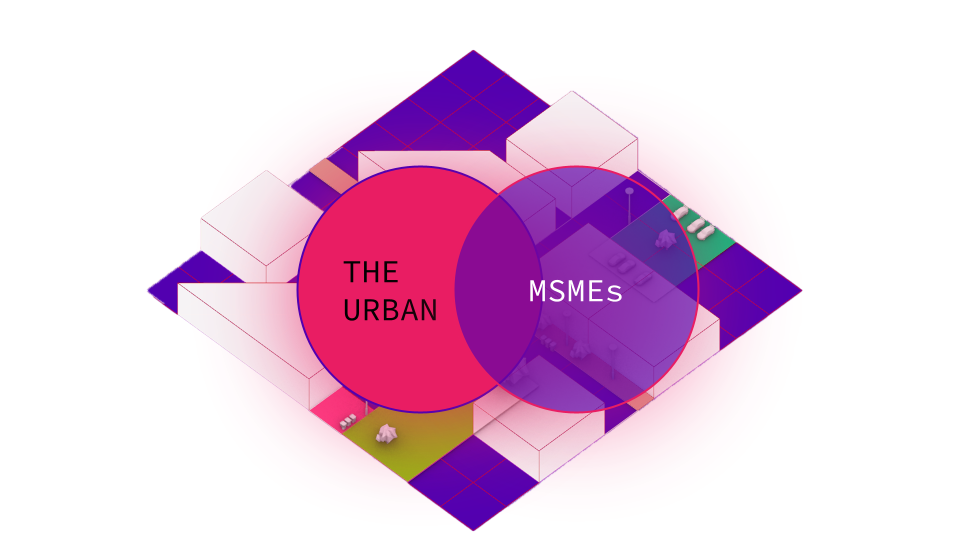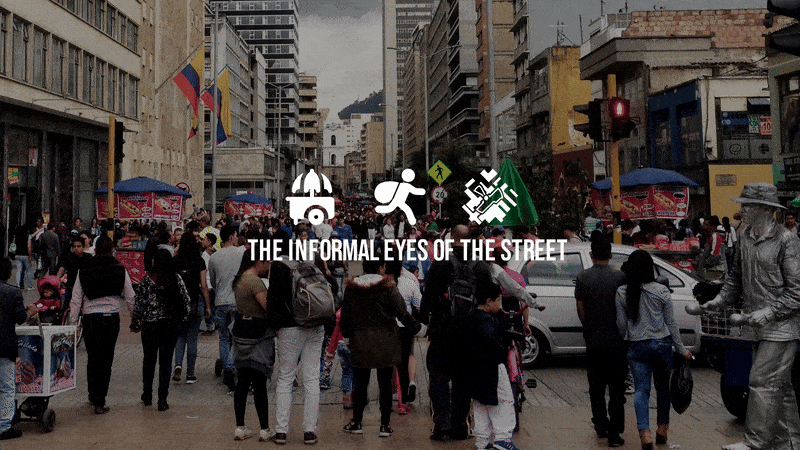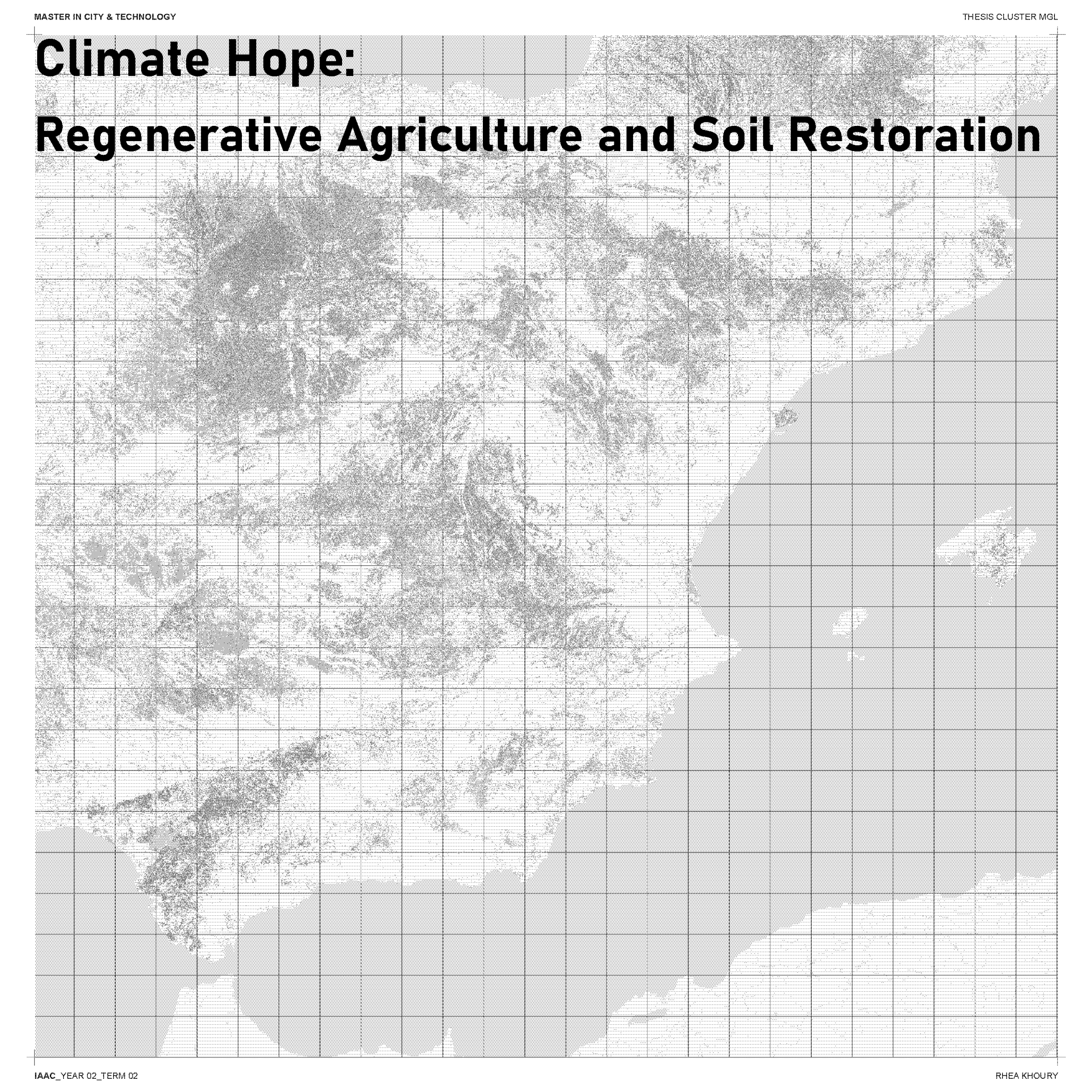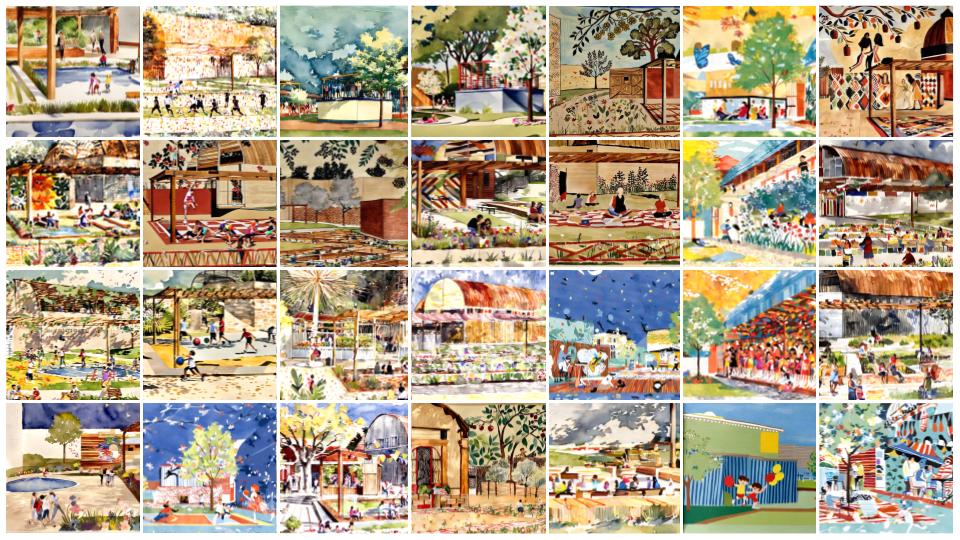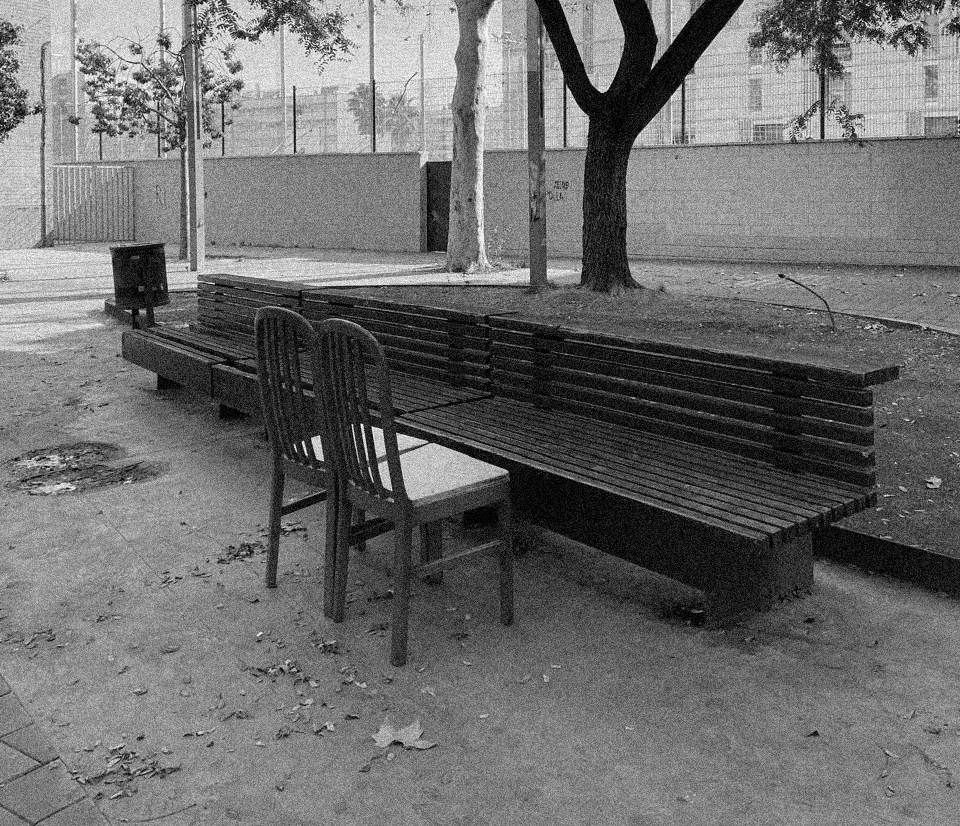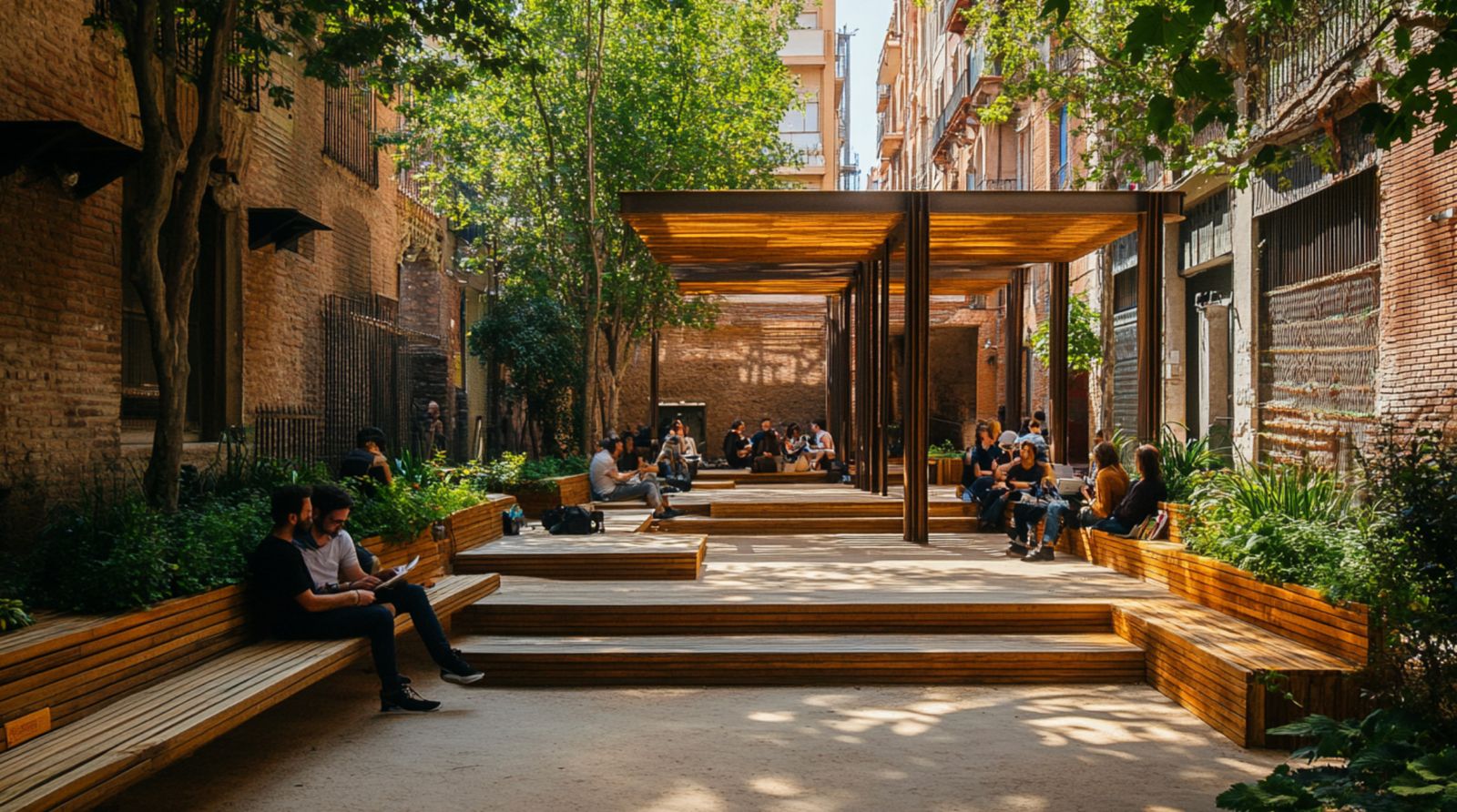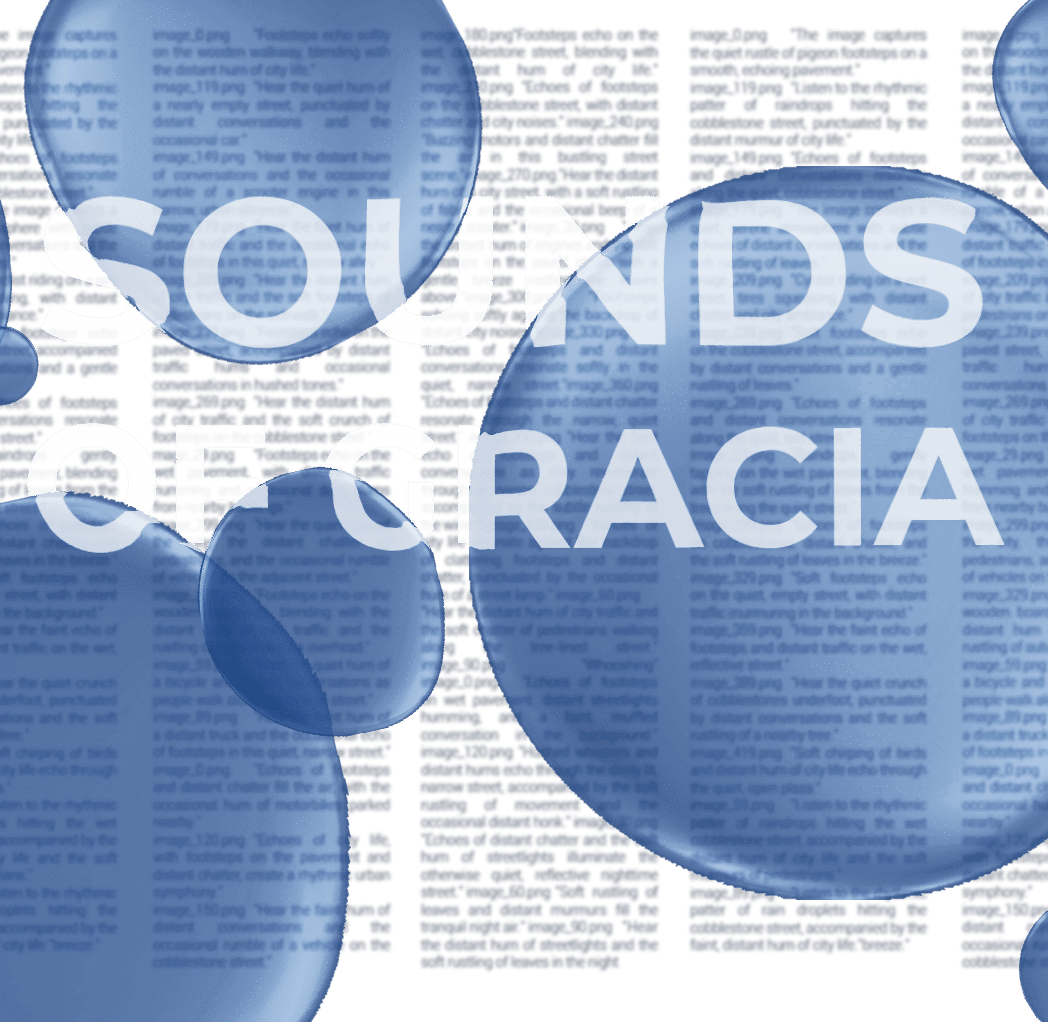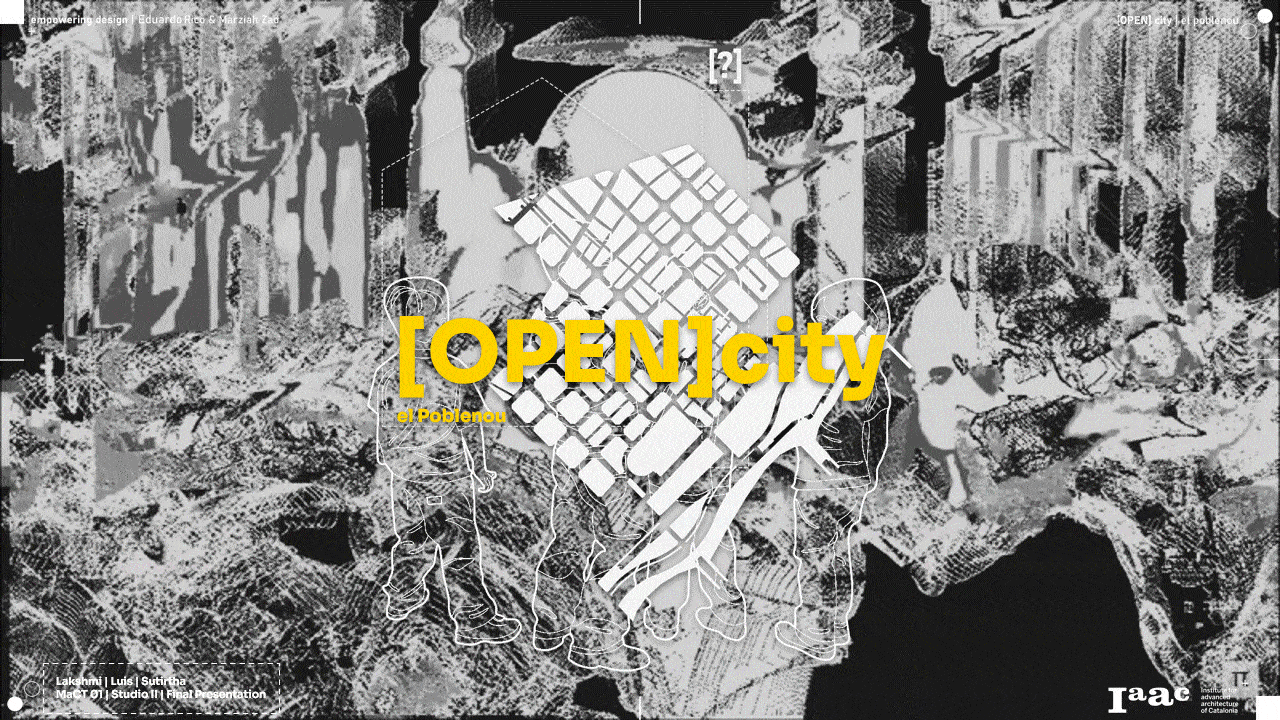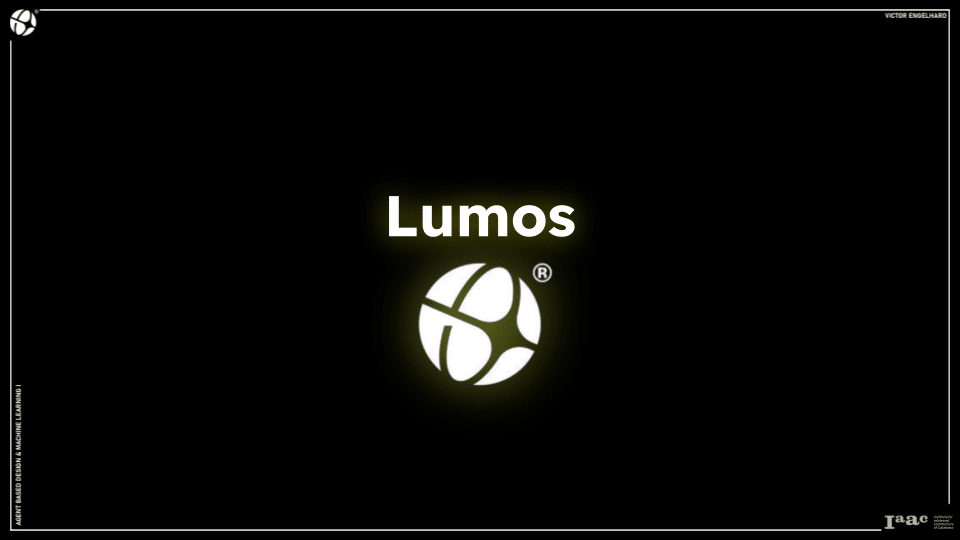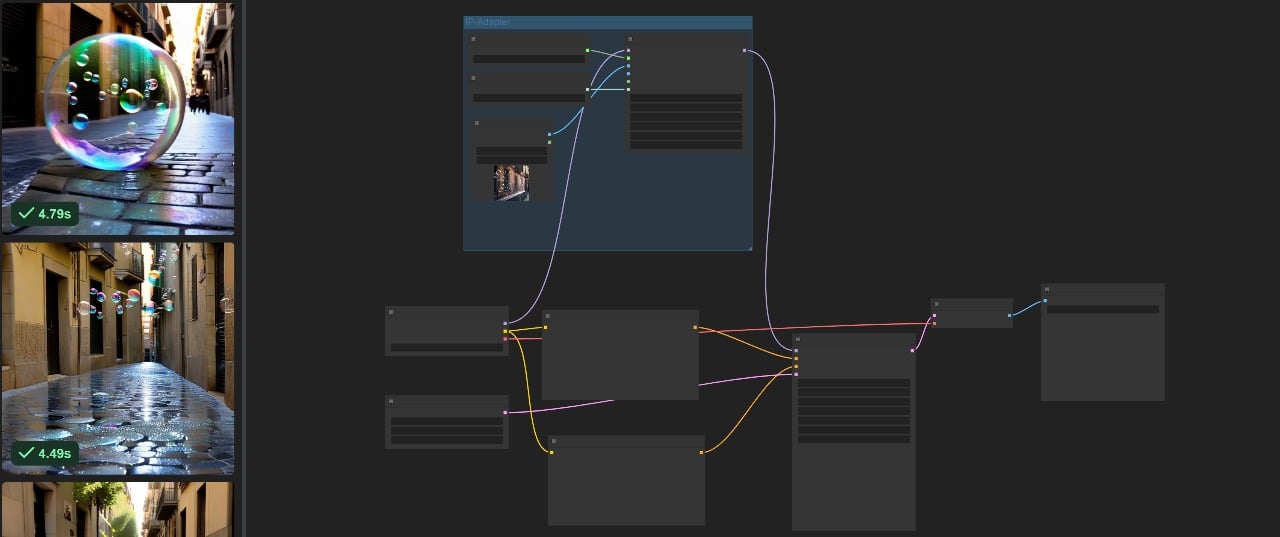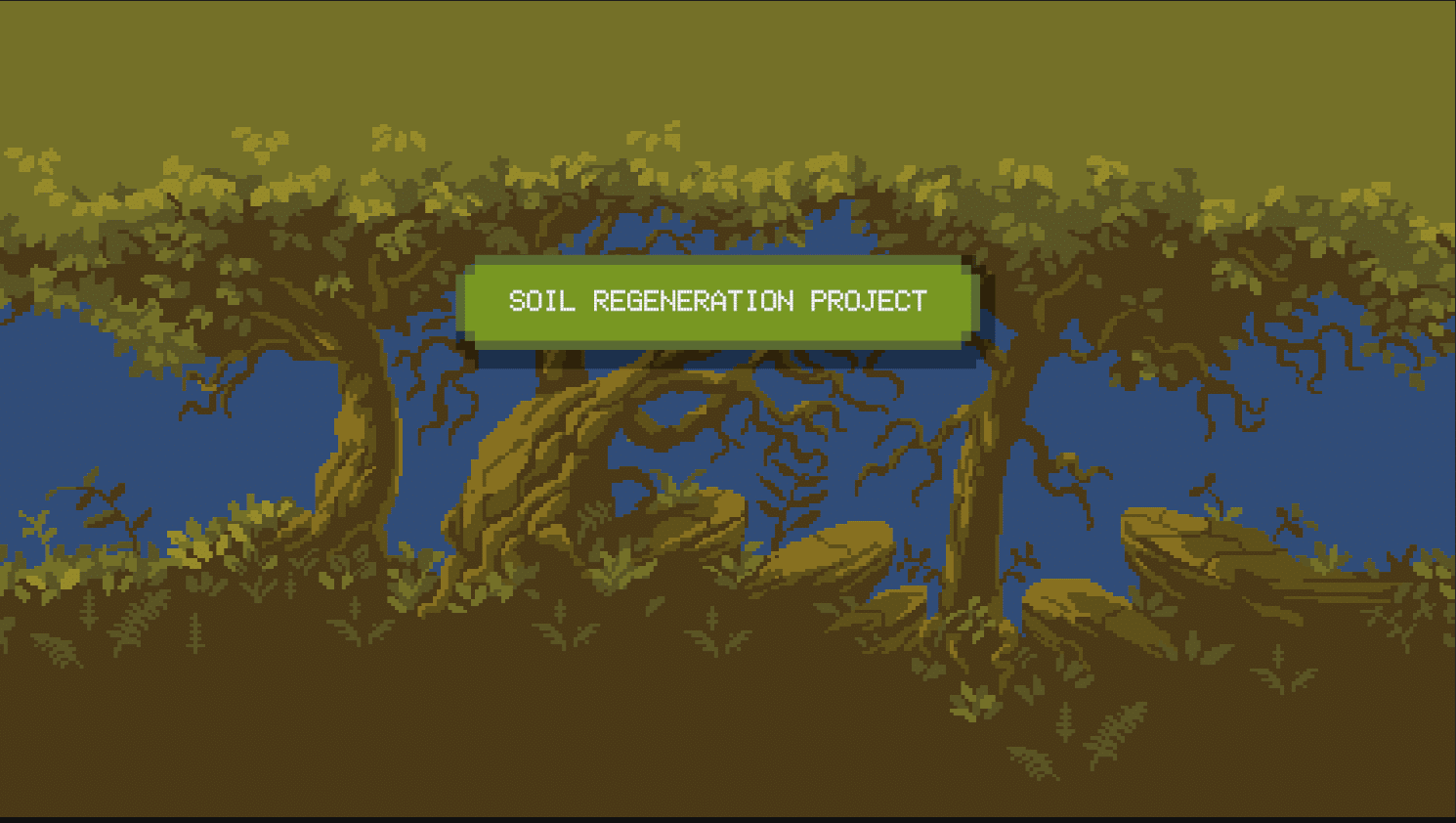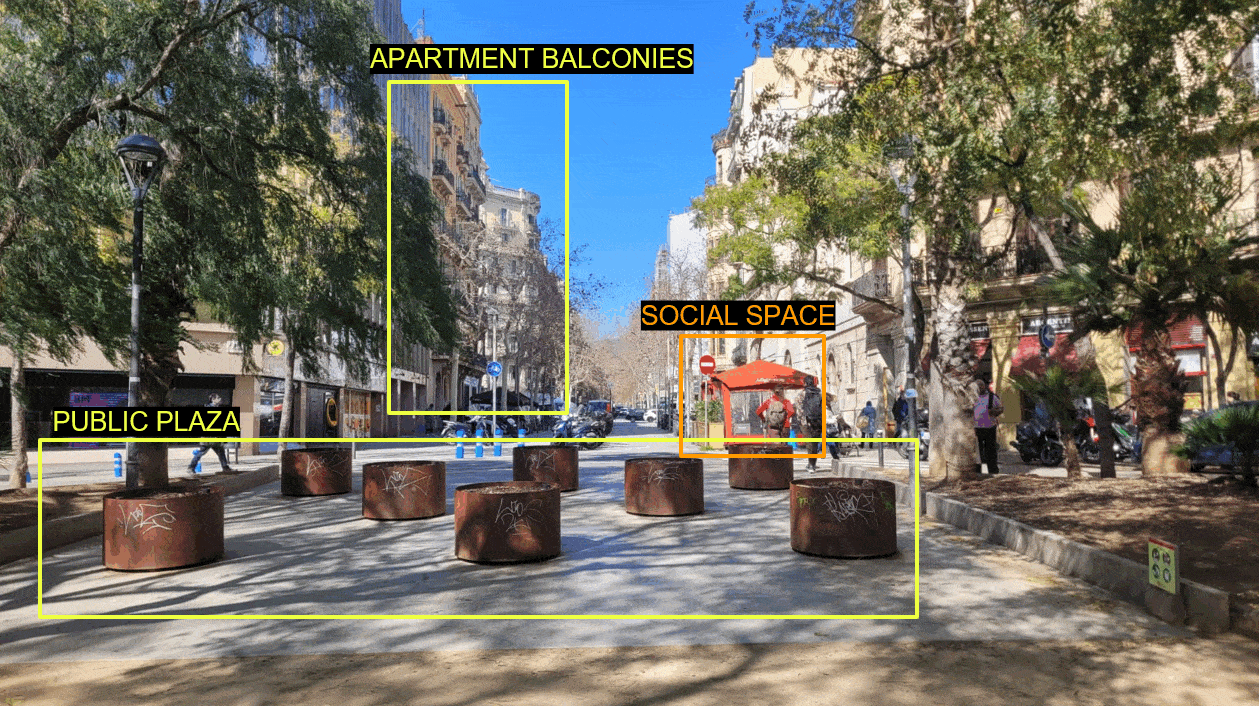Living in Crisis: A Comparative Analysis of Spatial Strategies in Housing
This blog post presents a comparative study of spatial strategies in contemporary housing, using the concept of ‘islandisation’ as a critical lens. Islandisation, defined as a process of increasing detachment from interconnected networks, is explored across a range of case studies Introduction “The tension between isolation as systemic control versus isolation as protective communing raises … Read more

